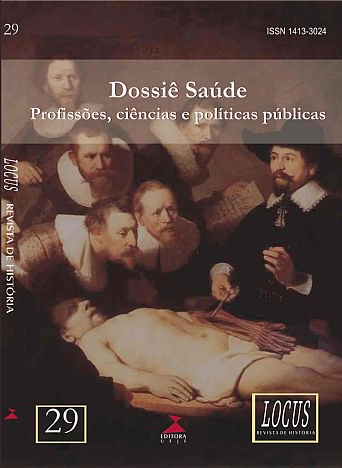Rupture and continuity. The dynamics of decision-making processes, institutional arrangements and political context – The case of health policy
Publicado 2010-11-16 — Actualizado el 2021-04-17
Versiones
- 2021-04-17 (2)
- 2010-11-16 (1)
Palabras clave
- Health; Public Private Mix; New Institutionalism
Cómo citar
Derechos de autor 2009 Telma Maria Gonçalves Menicucci

Esta obra está bajo una licencia internacional Creative Commons Atribución 4.0.
Resumen
The paper constructs an interpretation for the dual institutional configuration of health care in Brazil, characterized by the coexistence of a public sector and another private one, although, formally, health policy since the 1988 Constitution ensures free and universal access to the public system. Using the analytical arguments of new historical institutionalism, this interpretation views prior health policies as a main explanatory factor, stemming from the related notions of policy feedback and path dependence, manifested in lock-in effects and learning effects. The central argument is that while this institutional arrangement is the result of choices made at different inflection points in health policy, they were constrained by the institutional effects of earlier choices including the very structure of the health policy arena, given that past policies contributed to the formation of different actors and interests, arising from the incentives and benefits accorded. As a result of the effects of the legacy of earlier policies, health reform as defined in the 1988 Constitution was a process of limited innovation, characterized both by a disruption, in formal-law terms, of the norms of regulated and segmented citizenship and by elements of continuity. This duplicity is expressed in the constitutional text itself, is concretized by the entrenchment of the hybrid model of care, and is consolidated with the regulation of private care in the late 1990s, concurrent with the deployment of the public system. Beyond not being discontinuous, this change institutionalized the dual path.

